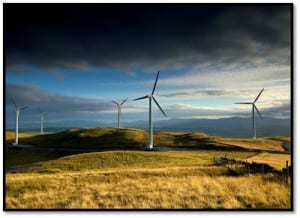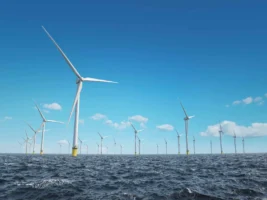ASX listed renewables developer Carnegie Clean Energy has won grant funding to help power an offshore gas production platform with solar and battery storage.
Carnegie said on Monday that it had secured $200,000 of industry-matched funding from National Energy Resources Australia (NERA) to integrate solar PV at the Blacktip Wellhead Platform in the Southern Bonaparte Basin.
Established by the federal government, NERA is an incorporated not-for-profit company governed by a board of industry experts to help drive projects to benefit the whole energy ecosystem in Australia.
In a pitch launched last July, NERA said successful projects would receive up to $3 million in co-funding, but would need to be ready to roll out, and to provide economic and environmental benefits to the customer.
Carnegie – which started life as a WA-based wave energy developer, and then expanded into hybrid renewables and battery solutions with the acquisition of Perth microgrid specialist, Energy Made Clean – is a perfect candidate for the task.
The $470,000 Blacktip project hopes to use solar to slash the total hours of turbogenerator operation and cut costs associated with cold starts, thus reducing the facility’s carbon emissions and improving system availability.
The un-manned Blacktip Wellhead, which is situated off the northern coast of Australia, is the first point of production for gas piped from a Timor Sea gas field that is owned and operated by Italy-based oil and gas major, Eni.
Gas passes through the wellhead to remove condensate and water, before being exported to an onshore processing facility.
It is then supplied to the Northern Territory-based utility provider Power Water Corporation (PWC) under a 25-year agreement.
Carnegie said on Monday that, if successful, the integration of solar at the gas production platform could provide a model for securing power availability in other high-risk offshore environments.
NERA said that Carnegie’s solution for Eni Australia’s Blacktip Wellhead was an example of the potential for innovation and new technology across Australia’s energy resources sector.
“Until now, the use of traditional power generation has dominated offshore oil and gas facilities,” said NERA CEO Miranda Taylor.
“But this project demonstrates the possibilities and opportunities that can come from integrating renewable energy into offshore assets.”
Carnegie’s managing director, Dr Michael Ottaviano, said the Eni project demonstrated the growing range of applications for clean technologies, as they got cheaper and were better understood by customers.
“Solar and battery systems are increasingly being considered for new applications, particularly in remote locations that are expensive and difficult to access,” he said.
“Eni has shown leadership in this space.”











